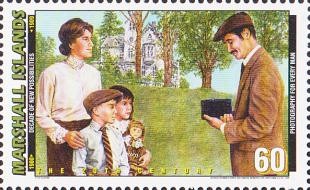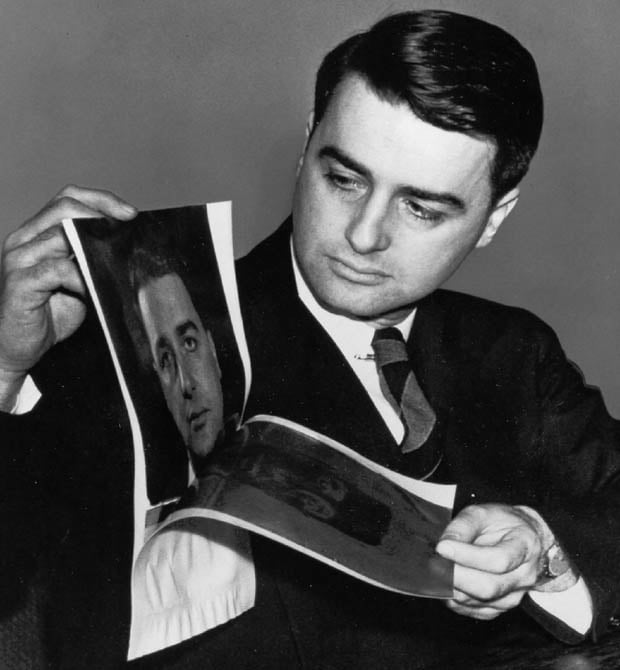

Price: Today we use that same technology in sunglasses, windshields, camera filters and even displays like those giant lighted billboards in Times Square in New York City. By the time he was 20 maybe, he had the equivalent of a 250 million dollar company selling his polarized sheet. He found a way to create a very thin sheet of plastic that could polarize light. “Gee, if we had something that could do that, we could take the glare out of automobile headlights, we could take the glare out of a light in terms of glasses and so on.” But no one could come up with a practical material for hundreds of years, but Land solved that when he was 19-years-old and dropped out of Harvard to commercialize it. People could think of all kinds of practical uses. Polarized light is merely the ability of some substances to take the glare out of bright light and physicist had observed this phenomenon back in the 17 th century. So the young man abandoned a traditional education to strike out on his own.įierstein: He got obsessed with the issue of polarized light. Fierstein says that Land had one special interest as a teenager and that was finding a way to remove the glare from automobile headlights – a big safety problem back in the 1930s. Price: Edwin Land was born in Connecticut in 1909, and as a child had an insatiable curiosity about light and how it was manipulated in devices such as stereoscopes and kaleidoscopes. I always thought it referred to the ground like they were trying to distinguish that from an aerial camera or an underwater camera. Well, this is a major battle and I didn’t realize until I got involved in that, that when you look at a Polaroid camera and it said Polaroid Land camera, I didn’t know that Land referred to a person. We’re all familiar with Polaroid cameras where they would shoot out a picture and you would have a print in your hand within a minute or so. And it was that “patent war” that first brought Land’s accomplishments to the author’s attention.įierstein: When I was a young lawyer, I was on a team of lawyers at a New York law firm called Fish & Neave that represented Polaroid, and they were representing Polaroid in a major intellectual property battle with Eastman Kodak over the technology involved in instant photography or one-step photography. Price: That’s Ron Fierstein, and he wanted the world to hear about the amazing man and his groundbreaking inventions, so he wrote about them in his the book A Triumph of Genius: Edwin Land, Polaroid, and the Kodak Patent War. Ron Fierstein: It turns out that Edwin Land was the father of the technology, the founder of Polaroid, and the more I learned about him, the more amazed I was that he was this unbelievably important American inventor and technologist, and so few people, including myself, had ever heard of him. His name was Edwin Land, and his company was Polaroid. It wasn’t that long ago, however, that the desire for “instant” photography led a young inventor to create a camera and film technology that would satisfy that need for speed.

With pictures instantly available on a digital device – and passed around on the Internet almost as fast, the need for film and processing has moved from the mainstream into the niche market of artists and hobbyists. It used to be that the tradition of taking family photos was saved for special events, and the call to “say cheese!” was heard mainly during the holidays and in front of Mt. Gary Price: Everywhere you look these days, people are taking photographs with their tablets, laptops, digital cameras, and – mostly – their phones.

15-34 A Triumph of Genius: Edwin Land and Polaroid


 0 kommentar(er)
0 kommentar(er)
